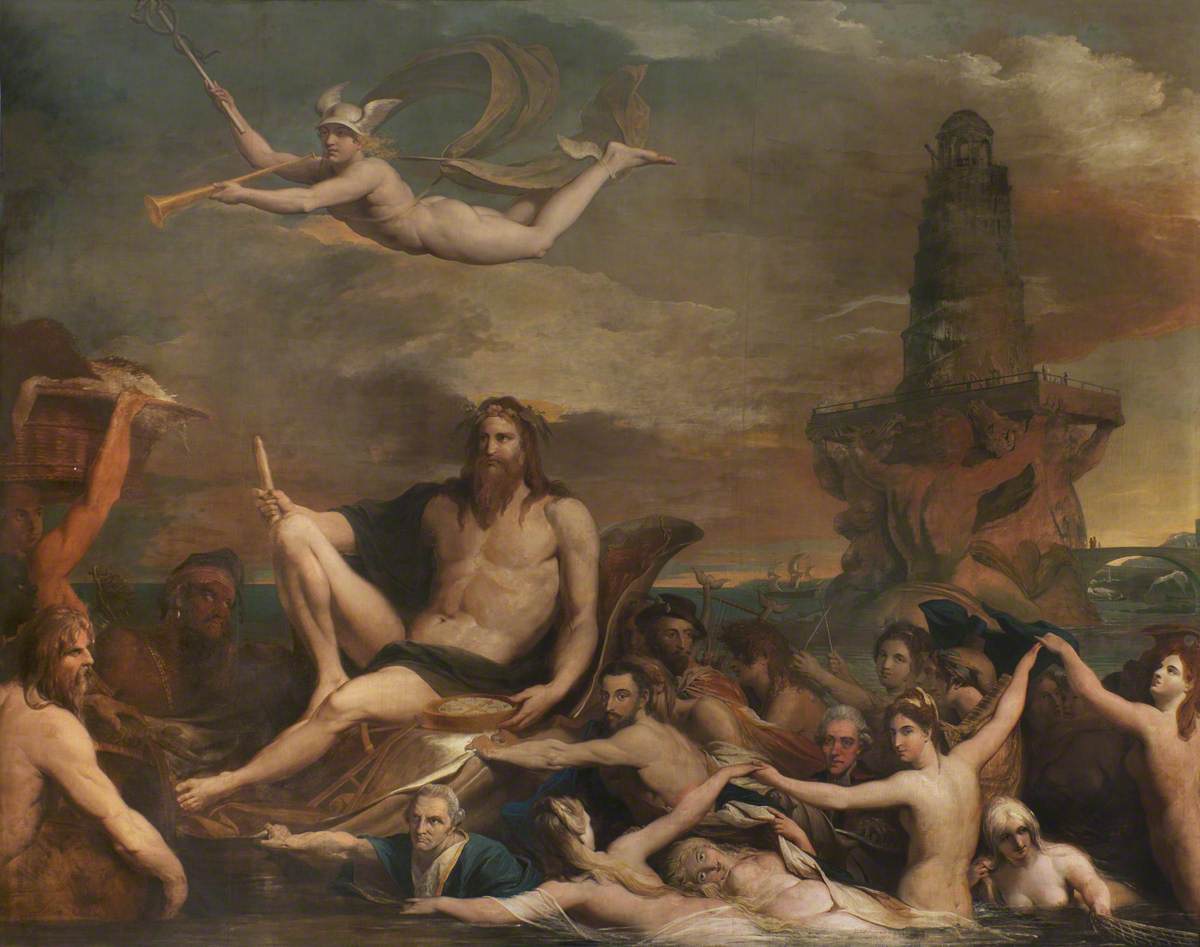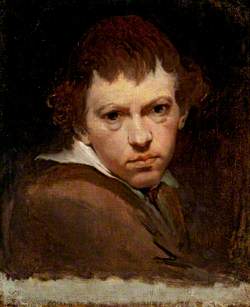How you can use this image
This image can be used for non-commercial research or private study purposes, and other UK exceptions to copyright permitted to users based in the United Kingdom under the Copyright, Designs and Patents Act 1988, as amended and revised. Any other type of use will need to be cleared with the rights holder(s).
Review the copyright credit lines that are located underneath the image, as these indicate who manages the copyright (©) within the artwork, and the photographic rights within the image.
The collection that owns the artwork may have more information on their own website about permitted uses and image licensing options.
Review our guidance pages which explain how you can reuse images, how to credit an image and how to find images in the public domain or with a Creative Commons licence available.
Notes
Add or edit a note on this artwork that only you can see. You can find notes again by going to the ‘Notes’ section of your account.
Unlike the previous three paintings, the fourth in the sequence 'The Progress of Human Knowledge and Culture' depicts a modern scene, albeit in a characteristically classical way, by personifying a river as a benevolent deity. A majestic Father Thames seated on a throne, steering himself with one hand and holding a compass in the other. Above him is the Roman deity Mercury, a god of trade analogous with the Greek Hermes, a patron saint of travellers and communicators. On the right of the picture, carrying Father Thames out to sea, surrounded by sea-nymphs, are the navigators (right to left), Drake, Raleigh, Cabot and Captain Cook, the latter shown as Triton, who is traditionally depicted as a merman. To the left of Father Thames, figures representing the native peoples of Asia, Africa, Europe and America are united in offering produce to him.
Royal Society of Arts
London
Title
Commerce, or the Triumph of the Thames
Date
1777–1801
Medium
oil on canvas
Measurements
H 360 x W 462 cm
Accession number
RSA022
Acquisition method
commissioned for the Society's Meeting Room, c.1777
Work type
Painting








